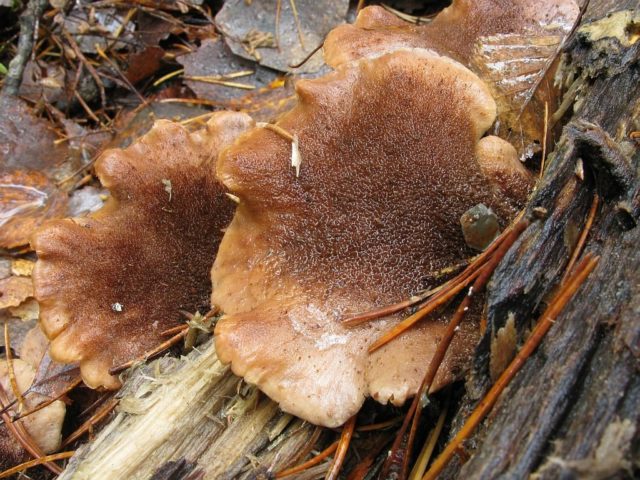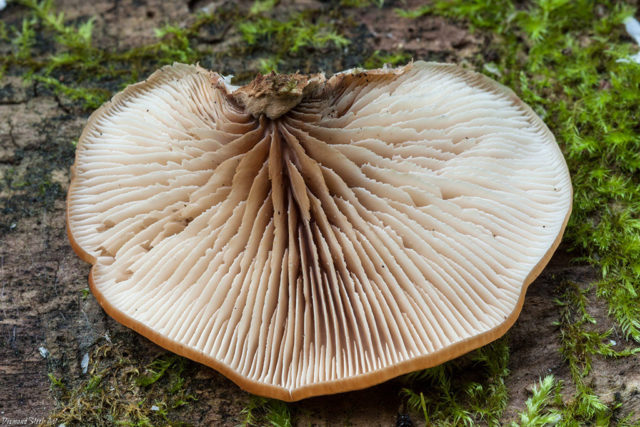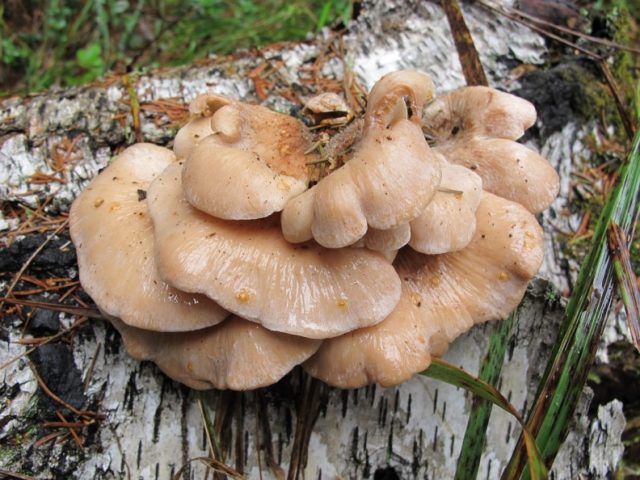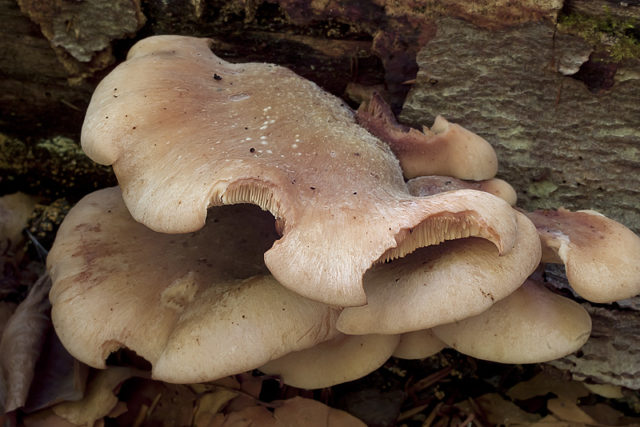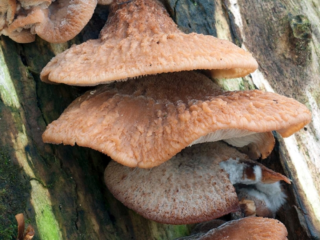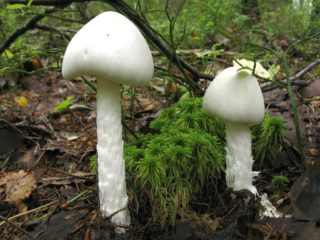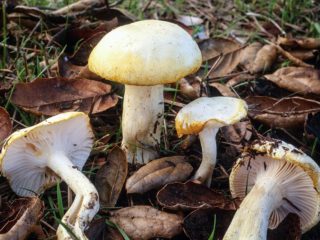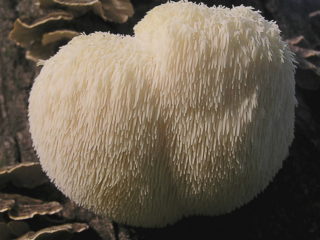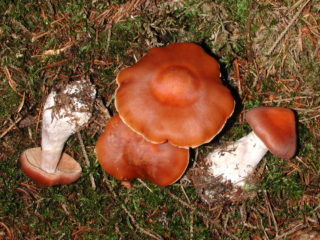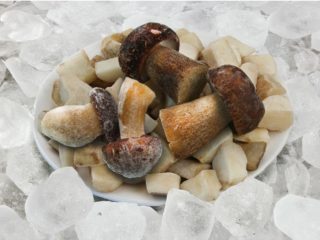Content
Bear's sawwort is an inedible mushroom of the Auriscalpiaceae family, genus Lentinellus. Difficult to recognize; it cannot be distinguished from some similar species without a microscope. Another name is Lentinellus bearis.
What does bear sawfoil look like?
The fruiting bodies are shell-shaped caps without stems. They grow on wood, growing together in groups of several.
Description of the cap
The size in diameter is up to 10 cm, the shape is from kidney-shaped to semicircular. Young mushrooms have convex caps, while old ones have flat or concave caps. They are pale brown, sometimes more faded along the edges. When dry, the color becomes brown with a wine-reddish-brown tint.The entire surface has whitish, gradually darkening pubescence; at the base it is more abundant. The edge of the cap is sharp and curls up when dry.
The pulp is hard and fleshy, its thickness is about 0.5 cm. The color varies from light cream or cream to bluish-red. The smell is sour, unpleasant, weakly expressed, in some sources it is described as spicy.
The plates are frequent, thin, radiating from the point of attachment to the substrate. A fresh specimen is white, cream or pinkish, waxy, fleshy. When dried, they are pale brown, with jagged edges.
The spore powder is creamy white.
Description of the leg
The leg is completely missing.
Where and how does it grow
Bear's sawwort grows on dead wood of deciduous trees, less often on coniferous wood.
Fruits from August to mid-October.
Distributed throughout Russia, Europe, and North America.
Is the mushroom edible or not?
It is inedible, but not considered poisonous. It should not be eaten because of its pungent, bitter taste.
Doubles and their differences
Inexperienced mushroom pickers may confuse bear's sawfoil with edible oyster mushrooms. The main differences are an unpleasant sour smell and jagged edges of the plates.
Particularly close to the bear's lentinellus is the wolf's sawfoil - inedible, but not poisonous, with a bitter taste and a pronounced mushroom smell. In adult specimens, the surface of the fruiting body is whitish-brown, yellowish-reddish, dark fawn. The shape of the cap is initially kidney-shaped, then gradually becomes ear-shaped, tongue-shaped or shell-shaped. Its edge is turned inward. A brown or almost black dense stalk 1 cm high may be present. The plates are wide, frequent, descending with an uneven edge.At first they are whitish or light beige, then acquire a reddish tint. Wolf's sawwort can be identified by its vestigial short stalk, but sometimes it is absent or difficult to see. An experienced mushroom picker can notice the difference in the color of the cap and its edge. Another feature that can only be detected under a microscope is the larger spores of the wolfberry and the absence of an amyloid reaction on the hyphae.
Beaver sawwort is another related species. Its fruiting bodies are stalk-like, yellow-brown, imbricated. The plates are radially arranged, frequent, light beige, chipped, with wavy or curved edges. This mushroom grows primarily on fallen coniferous trees in late summer and autumn. Inedible, with a pungent taste. It differs from the bear fruit in its larger fruiting bodies, which have practically no pubescence.
Conclusion
Bear's sawwort is an inedible mushroom that grows on dead wood and is difficult to distinguish from its relatives. Species such as wolf and beaver are especially close to it.
